Today marks the halfway point for the WWII Food Rationing Project year. The starting day was the anniversary of Pearl Harbor, which was the event that sent the United States into the war and rationing.
So, how’s it going?
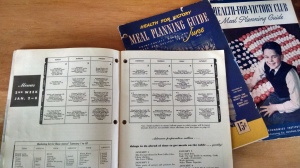 In the first month of the project, I was able to manage the weekly meal prep according to the Meal Planning booklets from 1943/1944. It would take an entire day to prep the food, which is okay since I like that kind of mindful working. The recipes were good, though notably scaled back from what we were eating prior to the project. One problem though was keeping sandwich bread fresh and soft through the week, especially if I made lunches ahead of time for the week, wrapped in wax paper. By Friday, we felt like we were eating celery/egg sandwiches on toast. Preparing lunches for the day during the morning rush proved too complicated in my routine without losing an hour’s worth of sleep that made me functional for the day. I say it over and over – I don’t know how they did it!
In the first month of the project, I was able to manage the weekly meal prep according to the Meal Planning booklets from 1943/1944. It would take an entire day to prep the food, which is okay since I like that kind of mindful working. The recipes were good, though notably scaled back from what we were eating prior to the project. One problem though was keeping sandwich bread fresh and soft through the week, especially if I made lunches ahead of time for the week, wrapped in wax paper. By Friday, we felt like we were eating celery/egg sandwiches on toast. Preparing lunches for the day during the morning rush proved too complicated in my routine without losing an hour’s worth of sleep that made me functional for the day. I say it over and over – I don’t know how they did it!
I enjoyed making bread every week. But, I am currently trying to find a recipe for Potato Bread instead of the typical wheat flour recipes I had been using. I’ve been buying instead of making for two months’ time. 
I haven’t purchased sugar in over three months’ time. In the beginning of the project I wasworried about supply and running on fumes by the end of the week. That was also at the time I was following the meal planning booklets closely. We’re not eating desserts at the end of each meal. The worst craving was for Oreo cookies and with their invention in 1912, they actually were on the allowed list.
We have a huge (to our standards) “Victory” Garden. It’s a pain to keep up. During WWII people were encouraged to use every inch of lawn space for a Victory Garden. We’re only using about 1/8th of our yard for it and I can’t keep the weeds down.
every inch of lawn space for a Victory Garden. We’re only using about 1/8th of our yard for it and I can’t keep the weeds down.
Plastic containers have left our kitchen for good. It didn’t take long to switch over to glass. I’m still using freezer bags in the freezer since I  couldn’t come up with a better solution. Utensils were a challenge to replace and I have scrounged around antique shops and estate sales to repurchase non-plastic measuring spoons, cups, and such. One recipe booklet told me to use a rubber spatula to scoop something out of a jar. I was elated! I would easily nominate rubber spatulas as the greatest kitchen invention of modern time. Something so simple, right?
couldn’t come up with a better solution. Utensils were a challenge to replace and I have scrounged around antique shops and estate sales to repurchase non-plastic measuring spoons, cups, and such. One recipe booklet told me to use a rubber spatula to scoop something out of a jar. I was elated! I would easily nominate rubber spatulas as the greatest kitchen invention of modern time. Something so simple, right?
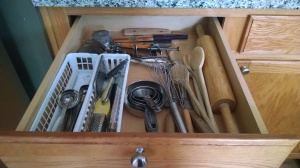 It is rare for food to be thrown out. My mother is a master of leftovers and it’s taking me practice to get there, but I’ve greatly improved on food waste. The solution is to not buy things special for a recipe that I’ll only use once and don’t buy anything I don’t need, period. There is always a suitable substitute for ingredients, or you can omit (Use It Up, Wear It Out, Make It Do or Do Without).
It is rare for food to be thrown out. My mother is a master of leftovers and it’s taking me practice to get there, but I’ve greatly improved on food waste. The solution is to not buy things special for a recipe that I’ll only use once and don’t buy anything I don’t need, period. There is always a suitable substitute for ingredients, or you can omit (Use It Up, Wear It Out, Make It Do or Do Without).
I haven’t purchased cleaning supplies in six months. Yes, I still clean the house! Vinegar, Borax, baking soda, lemon juice/oil all do the job. For everything. When a t-shirt is beyond its wearable lifespan, it is cut up into four rags. Which can be rewashed.
We are eating a lot of chicken. Chickens weren’t plentiful during WWII, they were needed for eggs, but when we started following the recipes we were eating way too much red meat, even under the monthly rationing standards. I categorize this change as “When You Know Better”. It just didn’t feel healthy to be eating that way.
So, what do we eat?
Eggs. Chicken. Peanut Butter Sandwiches. Salads. Fruits. Vegetables – lots of potatoes. Ham. And, nobody is going hungry.
When I bake and cook I listen to the radio or music from the era. This point 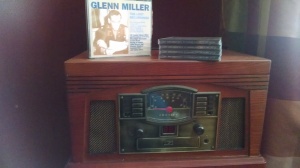 made me realize I had been forgetting that every single kitchen I spent time in as a kid had a radio centered in the kitchen.
made me realize I had been forgetting that every single kitchen I spent time in as a kid had a radio centered in the kitchen.
Back in December when people asked me why I was going to start the project I told them it was a study in contentment, resourcefulness, and mindful eating. I have to say, it’s been all of that. In very good ways. The next six months will march on; starting today I will make a commitment to shore up some of the edges that have become frayed as far as the rules go and see what else comes along. To Victory!
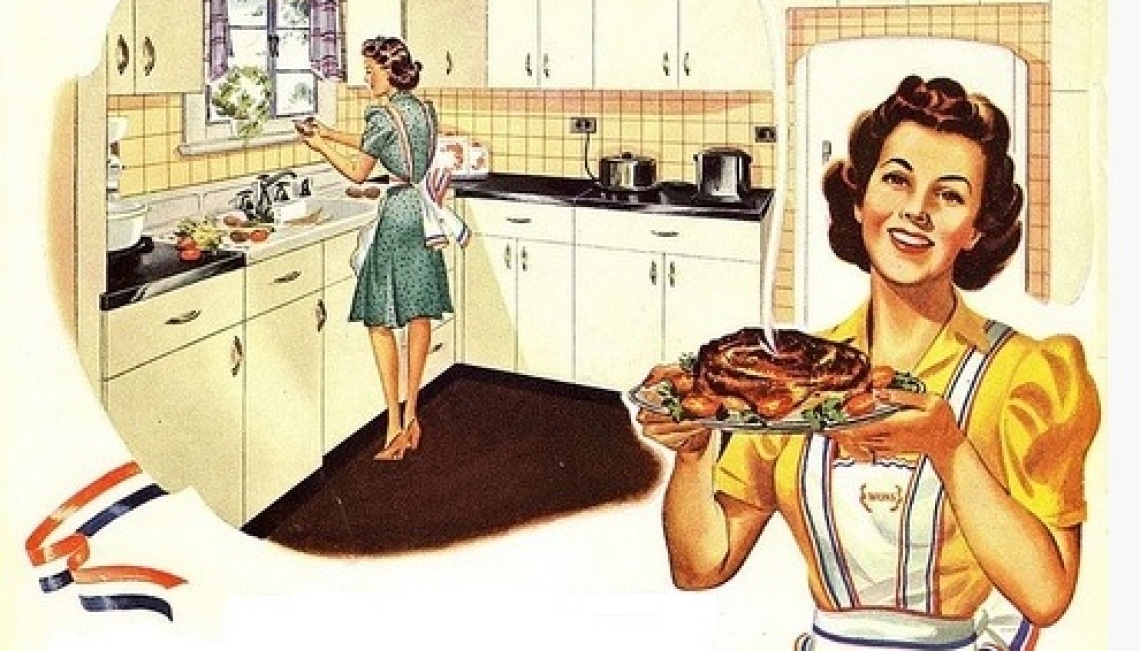
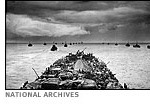

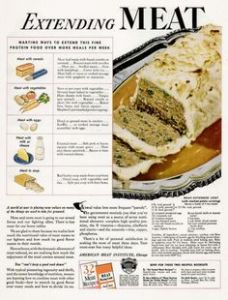 pamphlets, The American Meat Institute introduced a new, creative, and meat-extending version of meatloaf in 1943. Frosted Meatloaf. It was a regular meatloaf with mashed potatoes “frosting”.
pamphlets, The American Meat Institute introduced a new, creative, and meat-extending version of meatloaf in 1943. Frosted Meatloaf. It was a regular meatloaf with mashed potatoes “frosting”.